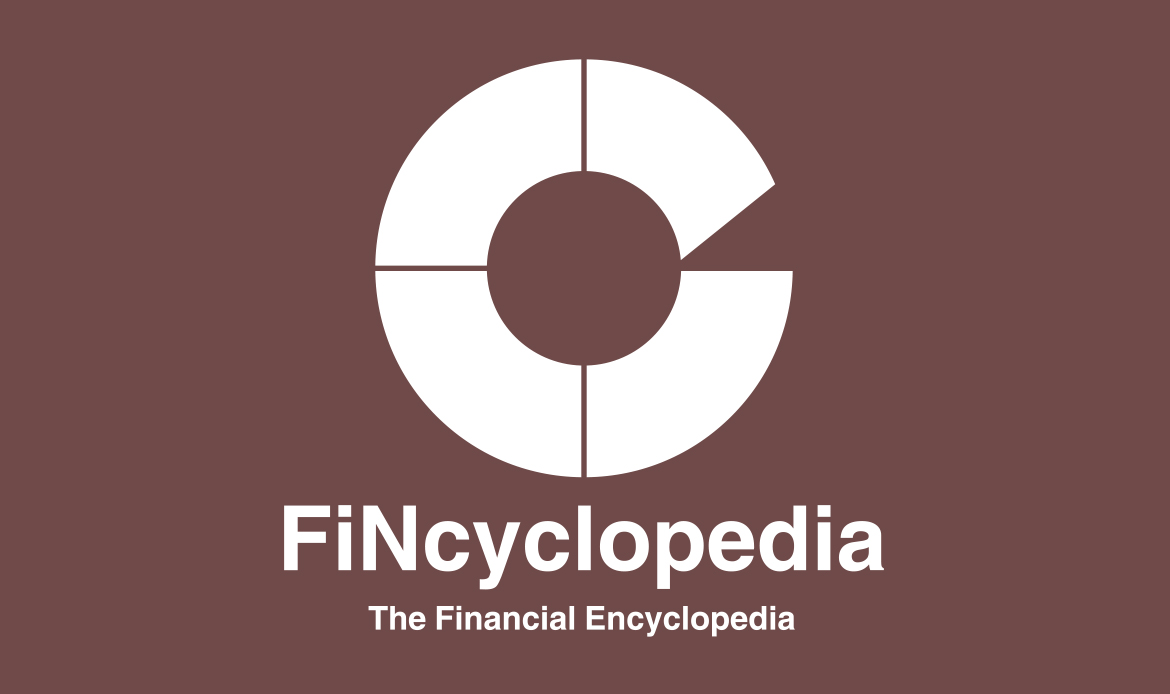In economics, stagflation or recessionary inflation is a situation characterized by high inflation rates, slow economic growth rate, and persistently high unemployment rates. Stagflation creates a catch-22 set-up, as policy markers, in their attempts to lower inflation, may unintentionally make unemployment worse.
Generally, any attempt to adjust one of the three factors involved (inflation, growth, and unemployment), other factors may be exacerbated, and things spin out of government control.
On the other hand, stagnation is a prolonged period of slow economic growth, which is also accompanied by high unemployment rates. In general, it characterizes a state of lack or very low level of activity, growth, or development. It is also defined as a protracted period during which an economy experiences low growth and high unemployment.
An economy in stagnation features a real economic growth that does not exceed 2% on an annual basis. Indicators of stagnation include a decrease in gross domestic output (GDP), an increase in unemployment, falling wages, lower creation of new jobs, etc.
The term “stagflation” is a combination of two terms “stagnation” and “inflation”. Differently stated, when an economy faces a situation of stagnation accompanied by inflation, the result is said to be stagflation, where an economy enters an inflationary term alongside an extended period of downturn.



